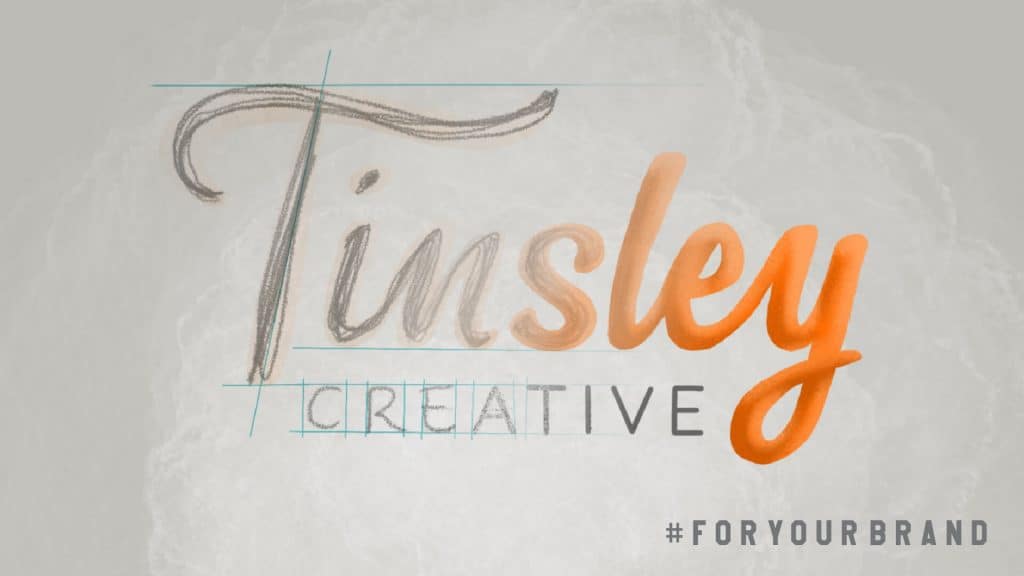
Is Your Website Providing the Best User Experience?
With a sudden global surge of traffic in the digital space, now is the time to ensure your website is responsive and optimized for the best user experience. As a whole, we’ve never globally experienced a spike quite like this and it’s hard for any company that isn’t prepared. Kids are in virtual school with a majority of them using virtual meeting platforms. Employees have suddenly shifted to becoming remote workers. Brands are heavily relying on their website for sales and distributing information with the closing of non-essential businesses. It’s a lot.
This “new normal” or temporary shift is no doubt overwhelming
But it’s going to be a lot worse if your website isn’t responsive or optimized for mobile. Imagine your website is your physical storefront and the homepage is the front door. If users can’t get your page to load in under 2 seconds, you’ve lost a sale. If users can’t easily peruse your website on desktop or mobile due to clunky design, you’ve yet again lost a sale. We don’t have to preach the importance of monetary gain to keep your business afloat — you’re already keenly aware. So, let’s go over the necessary steps it takes to make sure your website creates a seamless experience for every customer.
Your website is the backbone of your brand
Let’s start by saying that web and mobile are two different strategies that ultimately tie in together. Your website should serve as the backbone for your brand. The second someone lands on your homepage they should get a feel for your brand’s story and purpose. If they have to question and search around to figure out who you are, you’ve lost them. With attention spans of online consumers getting shorter and shorter, it’s even more important that your website effectively pull them in. The UX, or User Experience, plays such a critical role in capturing those diminishing attention spans, or losing them if not properly executed.
Design your website with the customer journey in mind
As the backbone of your brand, ease of use should be important during the design process. Your website should have a fast response time. Did you know that 40% of users will abandon a page that takes three or more seconds to load? That’s huge. Poor performance can have a dramatic impact on your conversion rates! Online shoppers are easily frustrated when a site is taking too long to load or feels slow. I know I’ve personally abandoned my online shopping cart if I encounter a website with the speed of a tortoise (no offense to the tortoise, of course).
Consider the customer journey throughout each page and such of the website. Start by asking questions throughout as if you were the customer to build loyalty and ease of use. What causes a website to lag or be slow to load?
- Heavy/large images
- Slow host
- Bloated all-purpose theme
- Badly coded plug-ins
Not to mention Google now takes site speed into consideration with their algorithm impacting search engine results. Don’t fall behind! If you don’t have a web development team readily available, hiring a marketing agency with seasoned tech experts is your best bet. We make sure that your website has none of these issues while walking you through the reasoning in the process.
The importance of mobile optimization
Everyone is on their phones these days. They’re mini computers that live in our hands and are small enough to carry around. To be honest, it’s pretty neat that we have the world readily available at our fingertips at all times. To reiterate the importance of good web design impacting load times, a great design should also be included for mobile optimization purposes.
When you land on the homepage of any site via your cell phone, does it display properly or is it a mashup of clunky images with cut off text? It’s not a good look, for your brand, or for the user. Bounce rates are bound to soar if your website isn’t optimized for mobile. Did you know that mobile searches make up more than half of searches on Google? That’s a ton of traffic you’re liable to miss out on if your site isn’t mobile-friendly.
How can you ensure your website is optimized for mobile you ask? Let’s break it down:
- Make sure your website is responsive: this will allow the site to shift and display properly no matter the size of your device
- Hide unnecessary images or elements: some cell phone data plans have a limited amount of data that can be used and you don’t want to eat up a consumer’s data due to non-essential images or graphic elements
- Easy navigation: your customer shouldn’t have to search through several pages before they find what they need
- Fast load time: much like a desktop, your website should load quickly on a mobile phone, too
- Resize file images
- Reduce file size with compression tools
Unsure if your website meets the mark for mobile?
You can check how your site scores on mobile with this quick test.
Pro tip: It’s important to also keep browser testing and high-resolution displays in mind when testing how optimized your website is for a user. Each user is likely using a different browser such as Chrome, Firefox, Safari, and yes, even Internet Explorer still! Your website should be reviewed on all browsers to make sure the users are getting the intended experience. Each browser offers a different set of challenges, whether it’s a conflict with plug-ins, display issues, etc. If you don’t test them all, you won’t necessarily know there’s an issue until it’s too late and the last thing you want is for a client or customer to be the one bringing this issue to your attention.
With the shift in screen resolutions, from 2K, 4K and Retina 5k, you’ll want to maximize photo quality while still compressing file size. Now is the time to ensure you’re optimizing for high-resolution displays! Old website practices often lived within a set container width, but now we’re designing responsive and are at the liberty of the users screen display.
Building credibility and success with your website
As the backbone of your brand, your marketing efforts should always drive the user back to your website. Whether it’s a social post or email campaign, the point should always be to guide them back to homebase.
Don’t lose out on conversions due to a slow website or poor mobile experiences. Our web team here at Tinsley helps brands like yours reach your target audience while properly conveying your brand’s message throughout each page of your website creating the best user experience possible. To learn more, contact us today.









